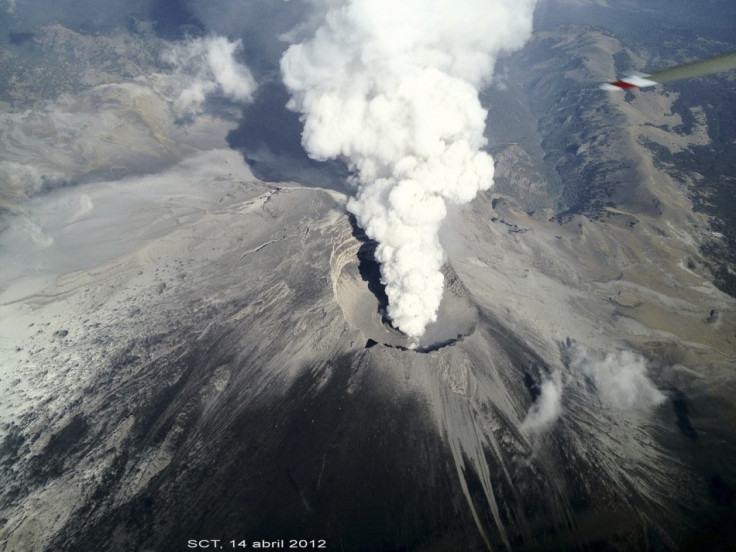Volcanic Crystals Will Help Predict Eruptions - Scientists

Volcanic crystals will help predict future volcanic eruptions, scientists from the University of Bristol have discovered. They have found that the chemical pattern in crystals match with volcanic eruption.
Scientists used forensic-style chemical analysis to study a mineral crystal called orthopyroxene from the crystals found in Mount St Helens in Washington. The Mount St Helens volcano erupted catastrophically on 18 May 1980, and continued to produce smaller eruptions through October of 1986.
The team characterised the chemical patterns of 98 crystals collected over the course of the eruptions and compared those patterns with records of earthquakes and gas release that other researchers collected during this same time period. They found that crystals start to build up a year prior to eruptions and peak just before an explosion happens, according to Science journal
"Chemical analysis of the crystals revealed evidence of pulses of magma into a growing chamber within the volcano. Peaks in crystal growth were found to correlate with increased seismicity and gas emissions in the months prior to the eruption," said Dr Kate Saunders, a volcanologist at the University of Bristol, in a statement.
Scientists claim that just by knowing the growth of the crystals we can predict volcanic eruptions. This will help more than 500 million people, who live close to active volcanoes that might erupt with little or no clear warning, causing widespread devastation, disruption to aviation.
"Such a correlation between crystal growth and volcanic seismicity has been long anticipated, but to see such clear evidence of this relationship is remarkable," Saunders said.
This forensic approach can be applied to other active volcanoes to shed new light on the nature and timescale of pre-eruptive activity. This will help scientists to evaluate monitoring signals at restless volcanoes and improve forecasting of future eruptions.
© Copyright IBTimes 2024. All rights reserved.





